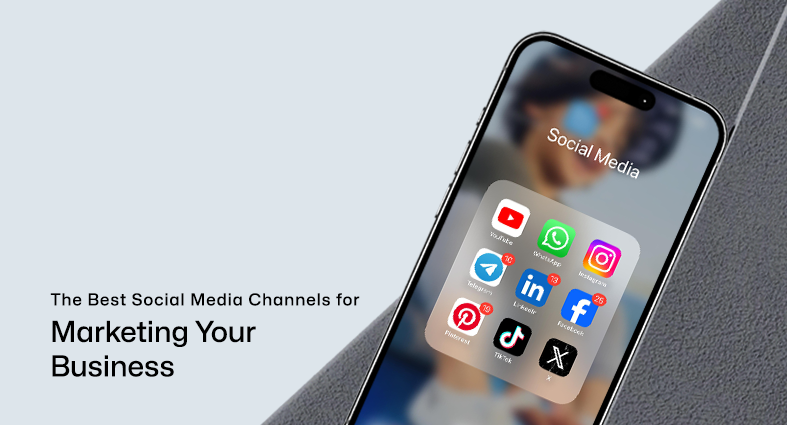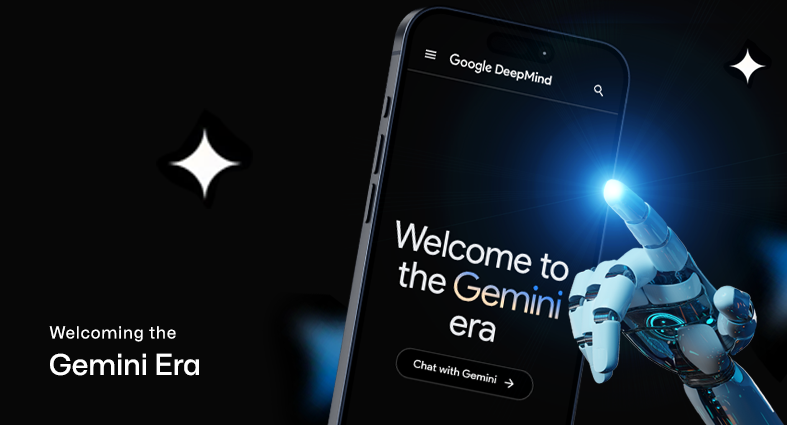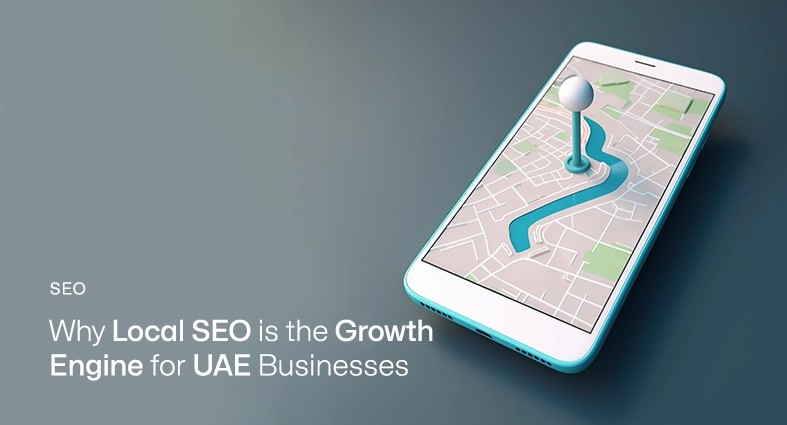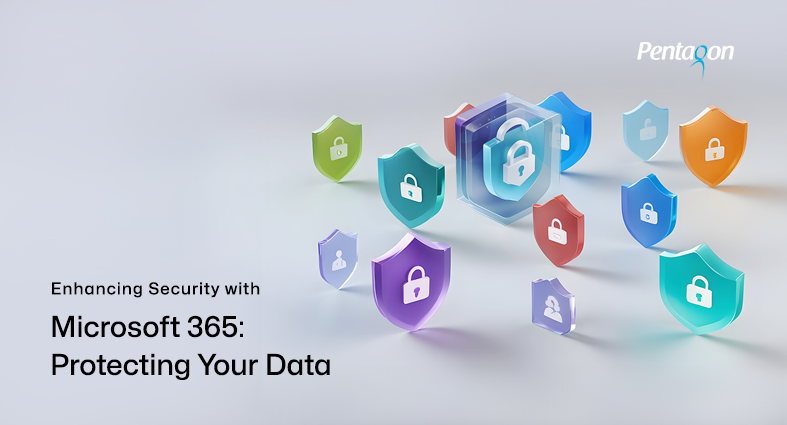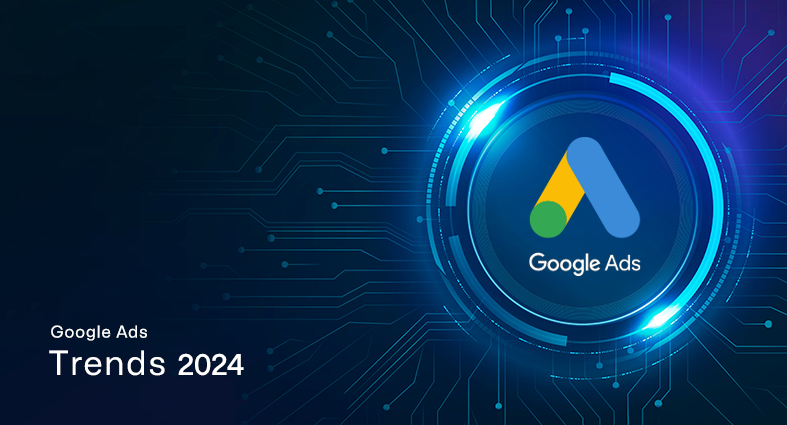In today’s digital age, relying solely on search engines to drive traffic to your website or promote your brand can be limiting. While search engine optimization (SEO) is important, many other channels and strategies can be leveraged to boost your brand’s presence and drive growth. This includes channels such as social media, email marketing, influencer partnerships, and content marketing, as well as innovative trends like user-generated content, voice search optimization, chatbots, and augmented reality. By exploring these alternative channels and strategies, brands can develop a more comprehensive and effective multichannel approach to brand growth that maximizes their impact and reach.
The Limitations of Relying Solely on Search Engines
Search engines have long been the go-to for driving traffic to websites and promoting brands online. While search engine optimization (SEO) is still an important aspect of any digital marketing strategy, relying solely on search engines can be limiting. For one, search engines can be unpredictable, with ever-changing algorithms that can cause fluctuations in traffic and rankings. Additionally, many users are bypassing search engines altogether, instead turning to social media, email, and other channels to discover new brands and products. For these reasons, brands must consider a multichannel strategy to maximize their brand growth potential.
The Importance of a Multichannel Strategy for Brand Growth
Developing a multichannel strategy is essential for brands that want to grow their presence beyond search. This means using a variety of channels to reach your target audience and promote your brand. By taking a multichannel approach, you can create a more cohesive brand experience for your customers and reach them in a variety of ways. This can help you build brand awareness, establish your brand as an authority in your industry, and ultimately drive more conversions and sales.
Effective Channels for Promoting Your Brand Beyond Search
Effective channels for promoting your brand beyond search refer to the various methods and platforms businesses can use to reach their target audience outside of traditional search engines like Google. Some of the most common and effective channels include social media, email marketing, influencer partnerships, and content marketing. These channels offer a way to engage with potential customers in a more personalized and targeted way and can help to build brand awareness and loyalty. By leveraging these channels effectively, businesses can expand their reach and build a strong online presence that goes beyond search engine rankings.
Social Media
Social media is one of the most powerful tools for promoting your brand beyond search. By leveraging digital marketing and social media platforms like Facebook, Twitter, and Instagram, you can connect with your target audience and build a loyal following. Social media also provides an opportunity to create engaging content that can be shared and amplified by your followers, helping to increase brand awareness and drive traffic to your website.
Email Marketing
Email marketing is another effective channel for promoting your brand. By building an email list of interested subscribers, you can deliver targeted messages directly to their inboxes. This can help to increase engagement, drive traffic to your website, and even generate sales. Effective email marketing campaigns require careful planning, targeted messaging, and consistent execution.
Influencer Partnerships
Influencer partnerships provide a unique opportunity to leverage the reach and influence of trusted individuals in your industry or niche. By partnering with influencers who align with your brand values, you can reach a larger audience and build credibility with potential customers.
Content Marketing
Content marketing involves creating high-quality, valuable content that attracts and engages your target audience. Includes blog posts, videos, infographics, and more. By creating content that addresses the pain points and needs of your target audience, you can establish your brand as an authority in your industry and build trust with potential customers.
Latest Trends in Brand Growth
The marketing world and brand growth are constantly evolving, with new technologies and trends emerging all the time. Brand growth is a crucial aspect of any business, and staying up to date with the latest trends can give you a competitive edge. These trends can help businesses engage with customers in innovative ways and increase brand loyalty.
User-Generated Content
User-generated content (UGC) has become one of the most effective ways to grow your brand. With UGC, you can leverage your customers’ experiences with your product or service to generate new leads and build trust with potential customers. UGC can come in many forms, including reviews, testimonials, social media posts, and blog comments. By encouraging your customers to share their experiences, you can create a sense of community around your brand and establish a loyal following. Plus, UGC can help you reach new audiences by showcasing your product or service to people who may not have heard of your brand before.
Voice Search Optimization
Voice search optimization is becoming increasingly important in today’s digital landscape. With the rise of smart speakers and virtual assistants like Siri and Alexa, more and more people are using voice search to find what they’re looking for online. By optimizing your content for voice search, you can make sure that your brand is visible to these users. Some of the best practices for voice search optimization include using natural language, answering common questions, and optimizing for long-tail keywords. By focusing on voice search optimization, you can stay ahead of the curve and ensure that your brand is visible to the growing number of voice search users.
Chatbots
Chatbots are becoming increasingly popular for customer service and support. By using a chatbot, you can provide instant support to your customers, even when you’re not available to answer their questions. Chatbots can help you save time and money by automating many of your customer service tasks, while also providing a more personalized experience for your customers. With the right chatbot strategy, you can build stronger relationships with your customers and create a more efficient and effective customer service experience.
Augmented Reality
By using AR, you can create immersive experiences for your customers and provide a new level of engagement with your brand. Some of the most innovative uses of AR in brand growth include virtual try-ons for fashion and beauty products, interactive product demos, and location-based experiences. By incorporating AR into your multichannel strategy, you can differentiate your brand from the competition and create a memorable experience for your customers.
Creating a Cohesive Multichannel Strategy
Creating a cohesive multichannel strategy is essential for brands looking to expand their reach and maximize their impact. A cohesive strategy involves identifying the strengths and weaknesses of each channel, as well as the unique opportunities they present. By doing so, you can leverage each channel to its full potential and create a seamless experience for your audience. It’s important to ensure that your messaging and branding are consistent across all channels, while also tailoring content and messaging to each channel’s specific audience and format. A cohesive strategy also involves measuring the success of each channel and using data to inform future decisions and optimize your strategy over time. Overall, a cohesive multichannel strategy is key to boosting your brand’s presence and driving growth.
Identifying Your Target Audience
Creating a cohesive multichannel strategy involves a deep understanding of your target audience. It’s essential to know who they are, what they want, and how they interact with different channels. You can use data analytics tools to gain insights into their behavior, preferences, and demographics. This information will help you tailor your messages and content to their needs and preferences, increasing the likelihood of engagement and conversion. By segmenting your audience into different groups, you can create more personalized and targeted campaigns across multiple channels, improving the effectiveness of your marketing efforts.
Leveraging the Strengths of Each Channel
To maximize the impact of your multichannel strategy, you need to leverage the strengths of each channel. Each channel has unique features and characteristics that make it more suitable for certain types of content or interactions. For example, social media is ideal for visual and interactive content, while email is better for more personalized and in-depth messaging. By understanding the strengths of each channel, you can create content that fits the format and style of each channel, making it more appealing and engaging for your audience. You can also use cross-channel promotions and integrations to amplify your reach and impact, increasing the likelihood of conversion and retention.
Setting Goals and KPIs
Setting clear goals and KPIs is essential for measuring the success of your multichannel strategy. Your KPIs should align with your goals and provide actionable insights into your performance. By tracking your KPIs regularly and analyzing the data, you can identify trends, opportunities, and challenges, and adjust your strategy accordingly. This will help you optimize your multichannel strategy for better results and a higher ROI.
Measuring the Success of Your Multichannel Strategy
Measuring the success of your multichannel strategy involves tracking and analyzing various metrics across all channels to determine which are most effective in driving traffic, conversions, and revenue. By using data-driven insights, you can adjust your strategy to optimize for the highest ROI and drive long-term brand growth.
Tracking Metrics
To effectively implement a multichannel strategy for your brand, it’s important to track relevant metrics across all channels. This will allow you to identify areas of strength and weakness, and adjust your strategy accordingly. Some key metrics to track might include website traffic, social media engagement, email open and click-through rates, conversion rates, and revenue generated. By monitoring these metrics on an ongoing basis, you can gain valuable insights into which channels are driving the most value for your brand, and which areas need improvement.
Analyzing Data to Inform Future Decisions
Once you have collected data on your brand’s performance across various channels, it’s important to analyze this data to gain insights that can inform future decisions. This might involve looking for patterns or trends in the data, identifying areas where performance is particularly strong or weak, and comparing data across different channels to identify correlations or potential areas of overlap. By taking a data-driven approach to your brand’s growth strategy, you can ensure that your decisions are informed by concrete evidence and are more likely to result in positive outcomes.
Conclusion
Relying solely on search engines to promote your brand can be limiting. It’s important to consider other channels for boosting your brand’s presence. By incorporating social media, email marketing, influencer partnerships, content marketing, user-generated content, voice search optimization, chatbots, and augmented reality into your multichannel strategy, you can maximize your brand’s impact and reach a wider audience. Remember to track your metrics and analyze the data to inform future decisions. With the right multichannel strategy and the help of Pentagon Information Technology, you can take your brand to new heights and achieve sustainable growth. Contact us today to learn more about how we can help you with your brand’s growth strategy.
services
Feel free to send us a message.
Please, share your thoughts, and let's chat over a cup of tea.






